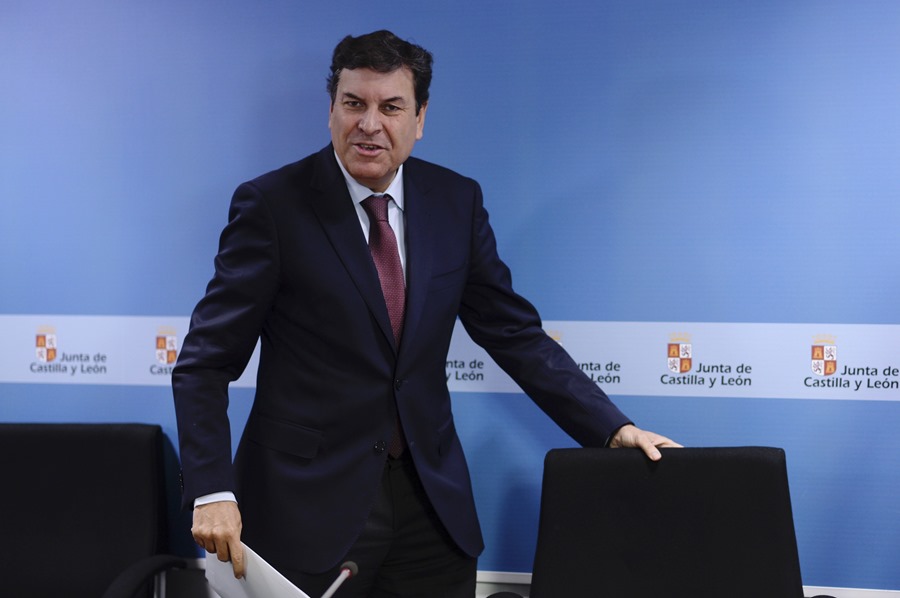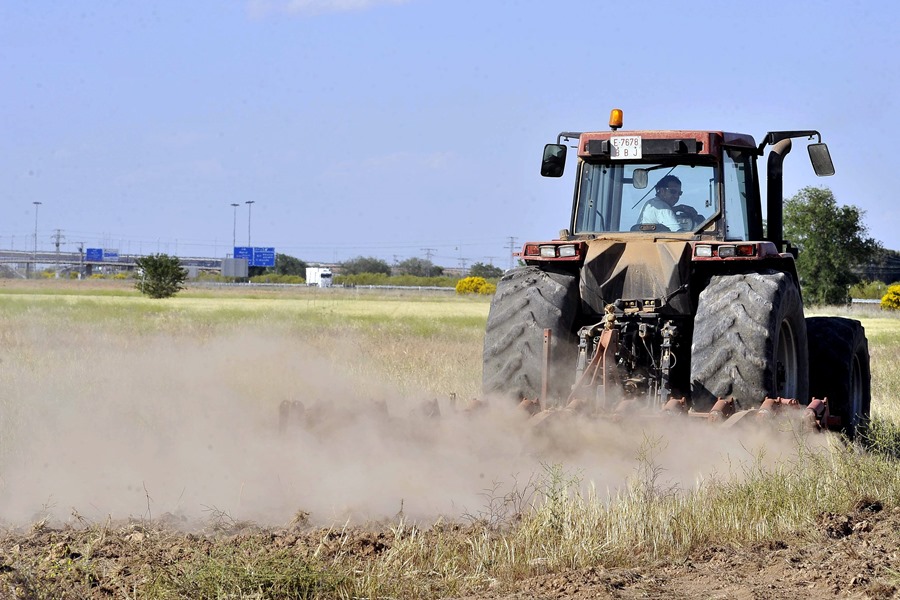Valladolid (EFE).- The economy of Castilla y León grew by 4.6% in the first quarter of the year in year-on-year terms, despite the quarter-on-quarter slowdown in growth, which went from 1.4% to 0.1 compared to the last quarter of 2022.
This was explained this Monday at the regional accounting press conference by the spokesperson and Minister of Economy and Finance of the Junta, Carlos Fernández Carriedo, who has indicated that, with this growth of 4.6%, the level of GDP in Castilla and León is already “2.5 times higher than in 2019, just before the pandemic.”

Despite this quarter-on-quarter slowdown, the spokesman for the Board has stated that the forecast scenario of growth of 1.6% for this year is “possible”, so he has ruled out the recession of the economy in the Community, that is, the growth contraction two consecutive quarters.
Fall of the primary sector
Yes, Fernández Carriedo has recognized that these quarterly data have been “clearly” influenced by events such as drought in the countryside, a sector that has a weight close to eight percent of regional GDP, and that will also suffer in the current quarter.
Specifically, GVA of the primary sector of Castilla y León recorded a year-on-year decrease of 8.8% in the first quarter of 2023 (-14% in the previous period), where agricultural production decreased to a lesser extent and livestock production to a greater extent.

Thus, the latest crop production data available for the 2022/2023 campaign reflect a drop in agricultural production, although less than that of the previous campaign. For its part, in the livestock sector there was a decrease in production greater than that of the previous quarter.
Industry and services pull the economy
Faced with this decrease in the primary sector, industry increased by 7.7% in the first quarter of the year compared to the decrease in the previous period (-2.2%). Among the industrial branches, manufacturing grew by 4.6% in this quarter (-2% in the previous period) and the supply of electricity registered a significant increase this quarter.
The construction sector recorded an interannual variation of 3.1% in the first quarter of 2023, two tenths more than in the previous one (2.9%).

Lastly, the GVA of the services sector as a whole recorded year-on-year growth of 5.1% in the first quarter of the year, one tenth less than in the last quarter of 2022 (5.2%), where the activities of commerce, transport and hotel and catering grew notably while those of public administration, education and health increased to a lesser extent than in the previous quarter.
The demand, pushed by the internal
From the point of view of demand, in the first quarter of 2023 a greater positive contribution of domestic demand to GDP growth was recorded, which went from 2.6 to 3.1 percentage points in this quarter.
The contribution of the foreign sector went from -0.1 to 1.5 percent in this period, where total exports increased more than the previous quarter while total imports grew less.
Final consumption spending grew by 2.7% in this first quarter, the same as in the previous quarter, as a result of higher growth in household final consumption spending (2.6% compared to 2.5% in the previous period). and the lower increase in spending by Public Administrations this quarter (2.9% and 3.3%, respectively).
Investment: at 4.1%, almost three points more
Regarding gross capital formation (investment), it recorded a variation of 4.1% in this quarter, higher than the previous period (1.3%), where both investment in capital goods and construction grew.
Thus, while investment in capital goods increased by 5.9% year-on-year (-0.4% in the previous period), investment in construction registered an increase of 2.7% in this quarter (two tenths more than in the previous period).
Job growth: Slowed to 0.6%
Finally, in terms of employment measured in full-time equivalent jobs, these reflect a year-on-year variation of 0.6% in this first quarter (2.6% in the previous one), with a smaller contraction in employment in the primary sector , growth in industry, acceleration in construction and a smaller increase in services. EFE





